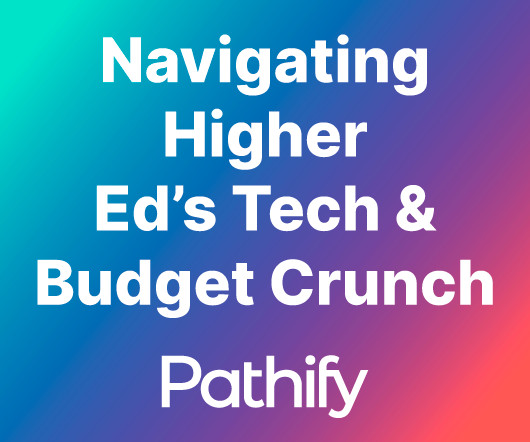Connect through Direct Messaging on Social Media
The Academic Designer
JULY 31, 2020
Direct messages are a great way to have conversations. And that means they're my favorite way to network. Echo Rivera, PhD and I talk direct messages and social media for networking as introverts.























Let's personalize your content